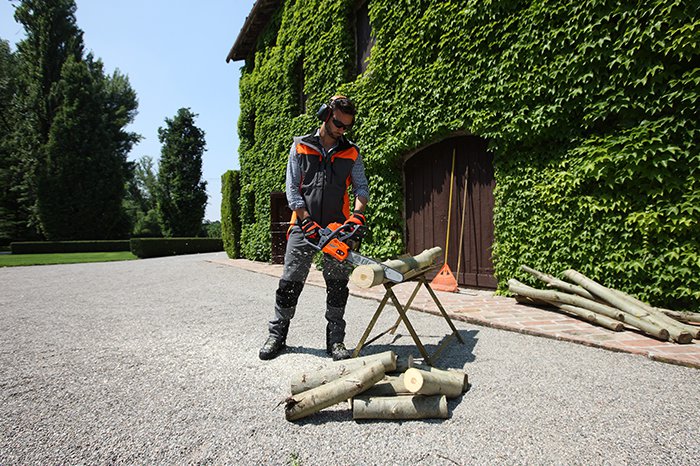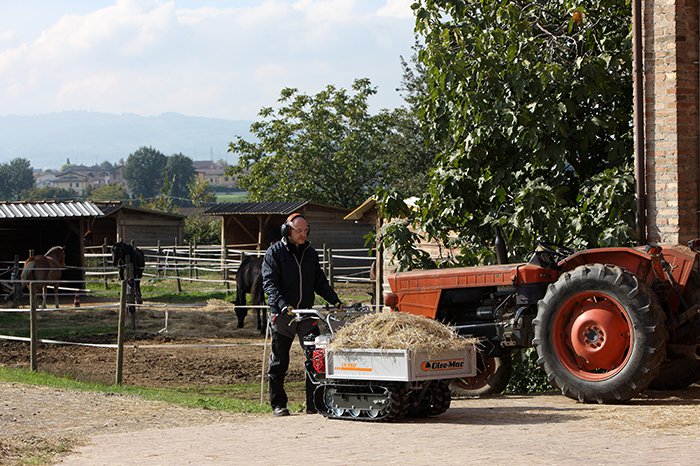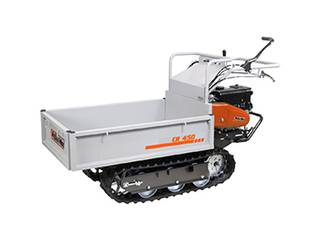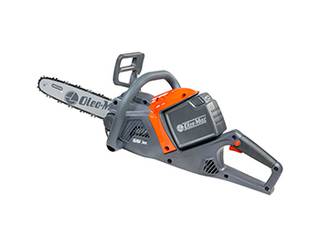Would you like your children to play in a tree house like the one you used to have, or always longed to have? Do you dream of a refuge where you can escape to read a book in peace?
Building a tree house is challenging—there are even designers and companies that specialise in it—but not impossible. It requires careful design, suitable materials and, during the construction phase, good dexterity. In this article we will see how to build a tree house. More than a real house, it is a terrace in a tree: a solid platform with a simple parapet that you can expand on by adding walls and roof.
DIY tree house made of wood: design and equipment
To build a DIY tree house you first need a fairly large garden with a healthy adult tree (or in any case, one that is not too young), with roots firmly embedded in the ground and a minimum trunk diameter of 40 –60 cm at the height where your tree house will be built. To dispel any doubts in this regard, have a tree surgeon check the health and stability of the tree, which could be an oak, hornbeam, linden, fir etc.
At what height should you build a tree house? It depends on the size of the house itself, as well as the size of the tree and the trunk-to-canopy ratio. As a general rule, 2.5–3.0 m is a fairly safe height (especially if the house is intended for children) and enables you to fully utilise the ground space beneath it.
We advise you to start by designing it on paper, purchasing the necessary equipment and preparing the materials. Only then should you get started with the construction. You can alleviate the workload somewhat by choosing a prefabricated wooden tree house. On the other hand, if you prefer a 100% custom-made design, you can buy everything you need from a builder’s yard or DIY store.
Although we usually encourage you not to waste, by suggesting to use recycled materials for your garden DIY projects, for building your wooden tree house we recommend that you use only new wood, at least for the load-bearing structure.
First decide how to build the tree house, or rather, how to support it. There are several options: you can use either one tree or multiple closely located trees. In the former case, the structure can be anchored directly to the trunk, suspended from the branches by means of ropes, cables, etc. or resting on pillars planted into the ground, like a pile dwelling. Alternatively, you can opt for a hybrid system, such as the one described below.
Our proposal for a DIY tree house is designed to be respectful towards the plant and its health, by avoiding the need to prune branches (except where absolutely necessary, using a chainsaw or hand pruning tools), injure it by fixing metal connectors in the trunk and, more generally, cause undue stress to the tree.
Every design should be tailored to suit the individual tree. We will therefore provide only generic instructions on materials (timber and hardware), dimensions and construction methods: the exact details should be evaluated on a case-by-case basis.
The tools you will need are a meter rule, a spirit level; a pruning saw, sandpaper; a drill with masonry and wood bits, a screwdriver, spanners, a hammer and a ladder. Wear utility gloves and protective spectacles, plus, when needed, everything you need to work at height, such as a harness and helmet.
How do you transport the lumber and equipment needed to erect your DIY tree house? Bulk and weight are no longer a problem with a transporter.
How to build a tree house
We suggest you build a tree terrace, which is basically a square-plan wooden platform equipped with a parapet, to be used as it is, or as a base for a shelter with walls and roof. From a structural point of view we have adopted a hybrid solution, in which the house is supported at one corner by the tree trunk using a system that is not too invasive and, at the other 3 corners, by wooden pillars, similar to a stilt house. This trunk/stilt solution can be useful if you don’t have very sturdy trees in the garden, if you prefer not to overburden the tree or if you don’t want to cut many branches to make room for the house.


Part of the tree house’s supporting structure consists of two pairs of wooden joists overlapping at 90° and held tight to the trunk by two threaded steel rods. These four crossbeams, to be placed at a point where the trunk is as vertical and regular as possible, also act as a flat bed on which the terrace floor rests.
The other load-bearing section is formed by three stilt-type pillars. In order to discharge the weight of the tree house into the ground, these pillars need a small concrete foundation, so dig three holes, pour in the castings and level them to ground height. When the concrete is dry, attach a fencepost foot base to each corner pillar supporting the terrace (the pillars should be wooden beams with parallel sides, rather than tapering sides).
At the height of the second pair of floor joists, you can use four more joists to create a kerb—basically a perimeter edge—in order to obtain a rigid square-shaped structure. Secure the kerb to the three wooden pillars and reinforce the structure using six knee braces (i.e. diagonal struts) between the pillars and the kerb.
Now that the floor frame is complete you can move onto the flooring: lay down wooden planks, leaving a bit of space around the trunk. Your basic terrace-style wooden tree house is almost ready: you just need to install the parapet and an access ladder (any household ladder will do). Don't forget to protect the wood with one or more coats of preservative.
If you use a chainsaw to prune the tree that will support your tree house, don't forget to wear special cut-resistant clothing and read our basic guide to pruning and rules for using a chainsaw safely. By the way, don't neglect to maintain your chainsaw (including by sharpening the chain), which is paramount to safe cutting.









